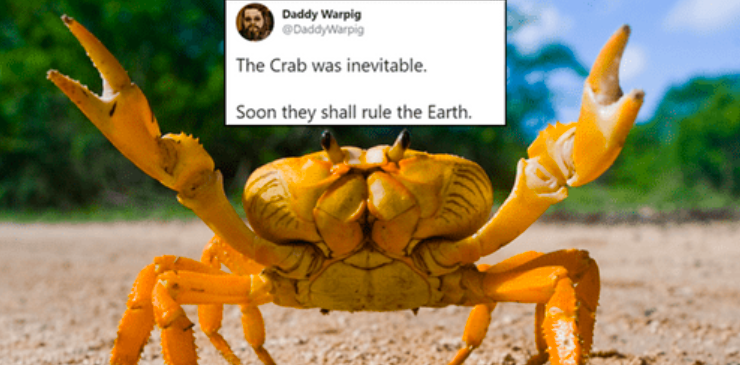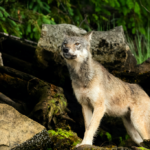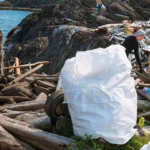West Coasters love crab, preferably with lots of butter. But it turns out there’s a lot we don’t know about these crawly crustaceans.
One of the weirdest mysteries that has scientists baffled has to do with the actual shape of a crab’s body–squat, oval-shelled, with several legs and a hidden tail.
“When a trait appears in an animal and sticks around through generations, it’s a sign that the trait is advantageous for the species — that’s the basic principle of natural selection.”
Live Science
At least five different crustacean species have evolved to have crab-like bodies, according to new scientific research summarized on the site Live Science. This suggests that crab bodies have some sort of evolutionary advantage.
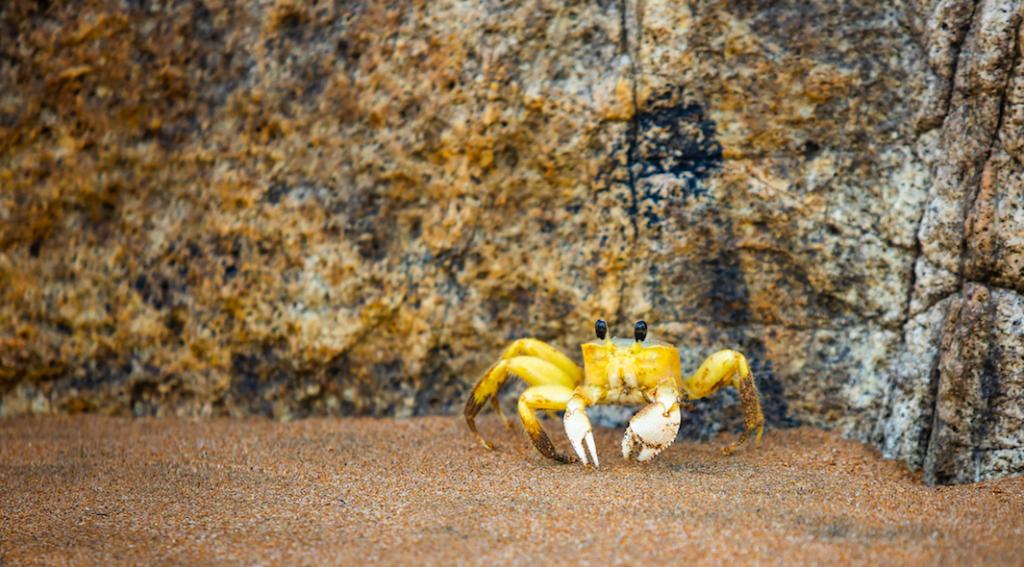
“When a trait appears in an animal and sticks around through generations, it’s a sign that the trait is advantageous for the species — that’s the basic principle of natural selection,” the site explains. “For example, crabs’ tucked-in tail, versus the lobster’s much more prominent one, could reduce the amount of vulnerable flesh that’s accessible to predators. And the flat, rounded shell could help a crab scuttle sideways more effectively than a cylindrical lobster body would allow.”
A crabbier shape “might leave more flexibility for animals to evolve specialized roles for their legs beyond walking, allowing crabs to easily adapt to new habitats.”
Live Science
This evolutionary process related to crab form is called carcinisation. One interesting example of this natural occurrence is the King crab. Even though they’re “coveted as a seafood delicacy, [they] aren’t even technically ‘true crabs.’ They’ve adopted a crab-like body plan, but actually belong to a closely related group of crustaceans called ‘false crabs,’” the article explains.

“True crabs” are identifiable by their four pairs of walking legs, antennae between the eyes, and a flat tail that tucks under their body.
So what is so great about being a crab that leads nature to keep producing them? Scientists have many theories, one of which is its versatility. A crabbier shape “might leave more flexibility for animals to evolve specialized roles for their legs beyond walking, allowing crabs to easily adapt to new habitats.”
Local crabbers are increasingly concerned with the invasive European green crab that is wreaking havoc on Pacific coastal ecosystems.
Live Science
British Columbia crabbers fish mainly for Dungeness crab, which is considered “true crab” and different from the King crab fished in Alaska.
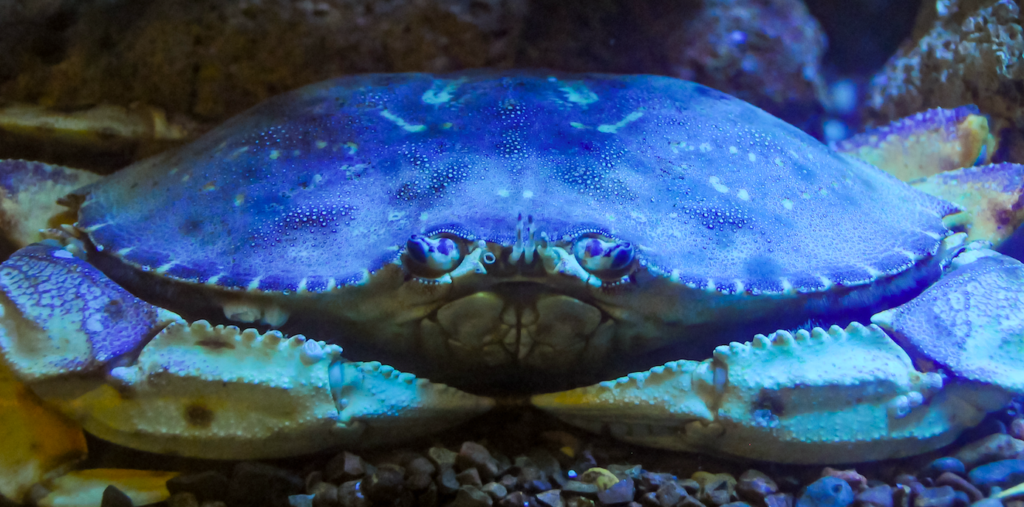
But the crab’s evolutionary superior body isn’t immune from threats. Local crabbers are increasingly concerned with the invasive European green crab that is wreaking havoc on Pacific coastal ecosystems. They disturb shellfish beds and “feed on native species and out-compete native Dungeness and rock crabs for food sources.” The Department of Fisheries and Oceans Canada has just allocated $750,000 to manage this invasive species.




